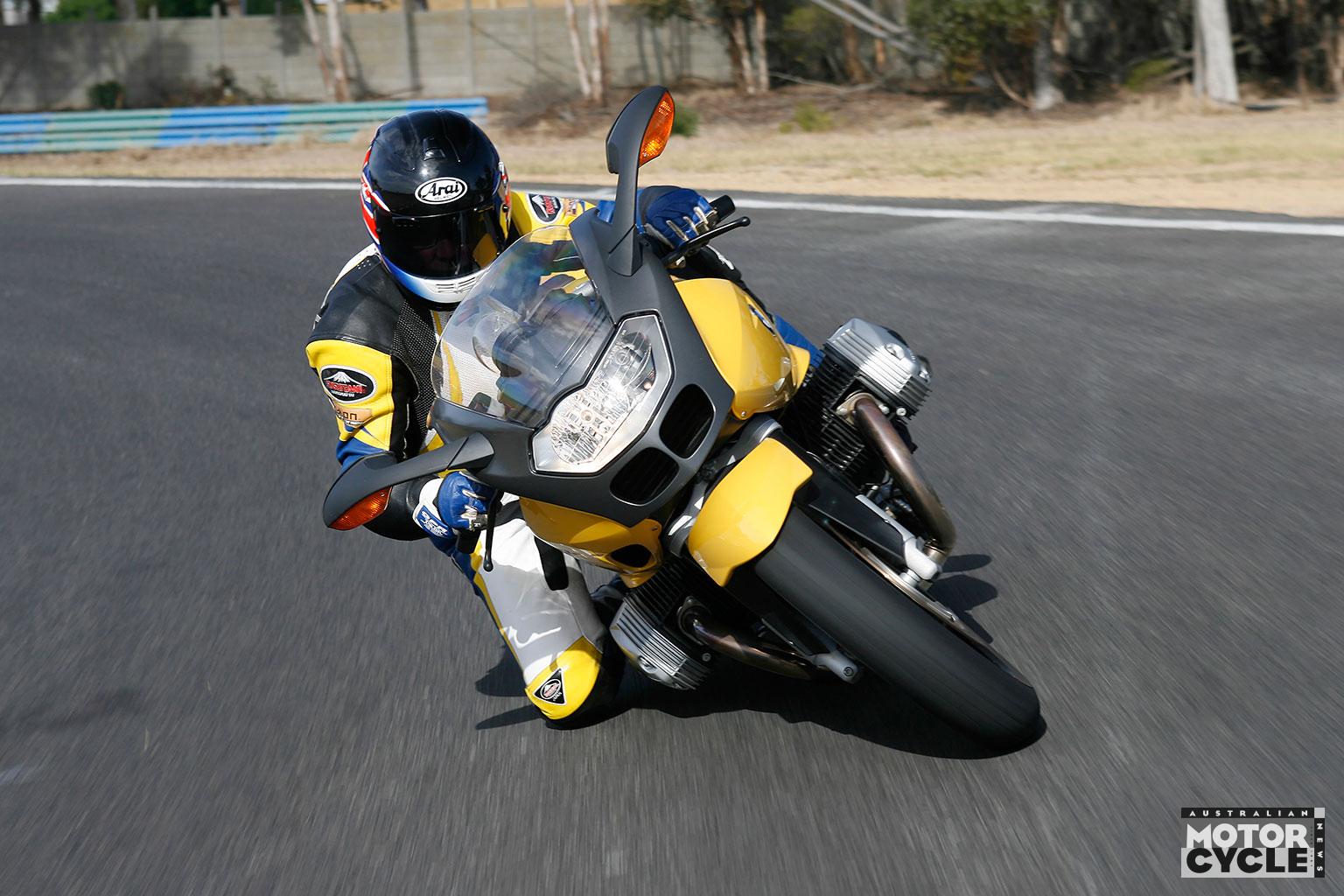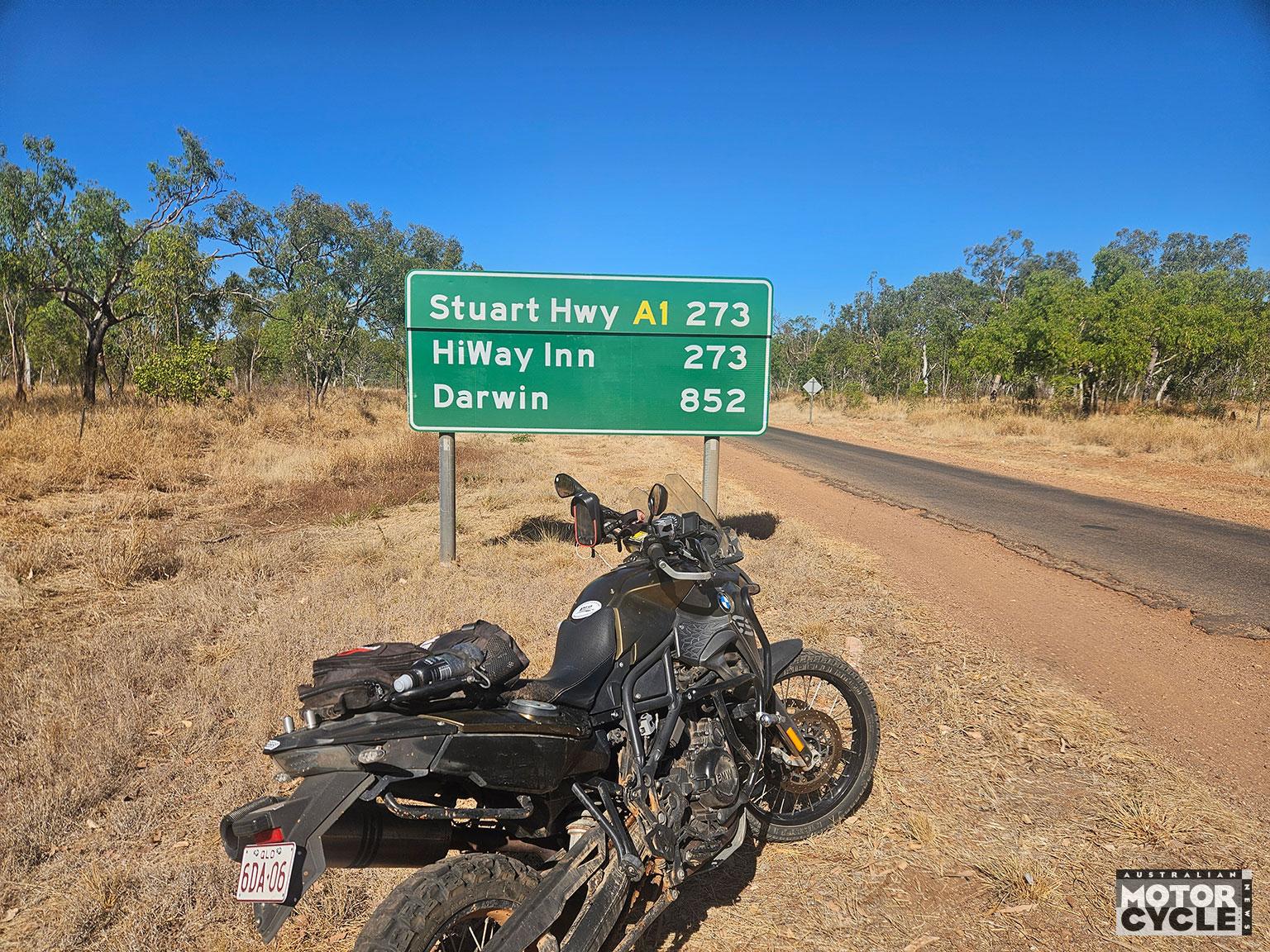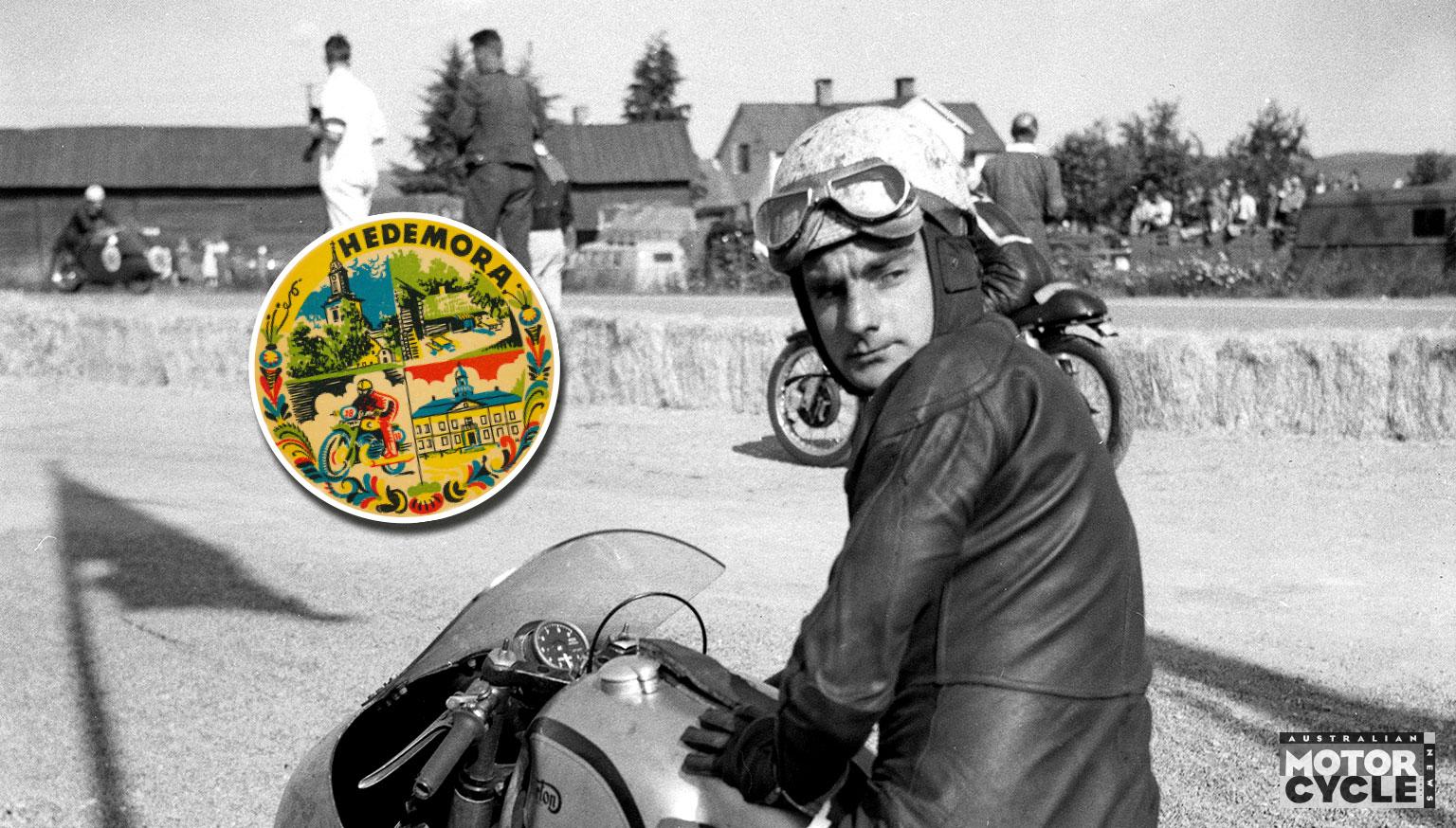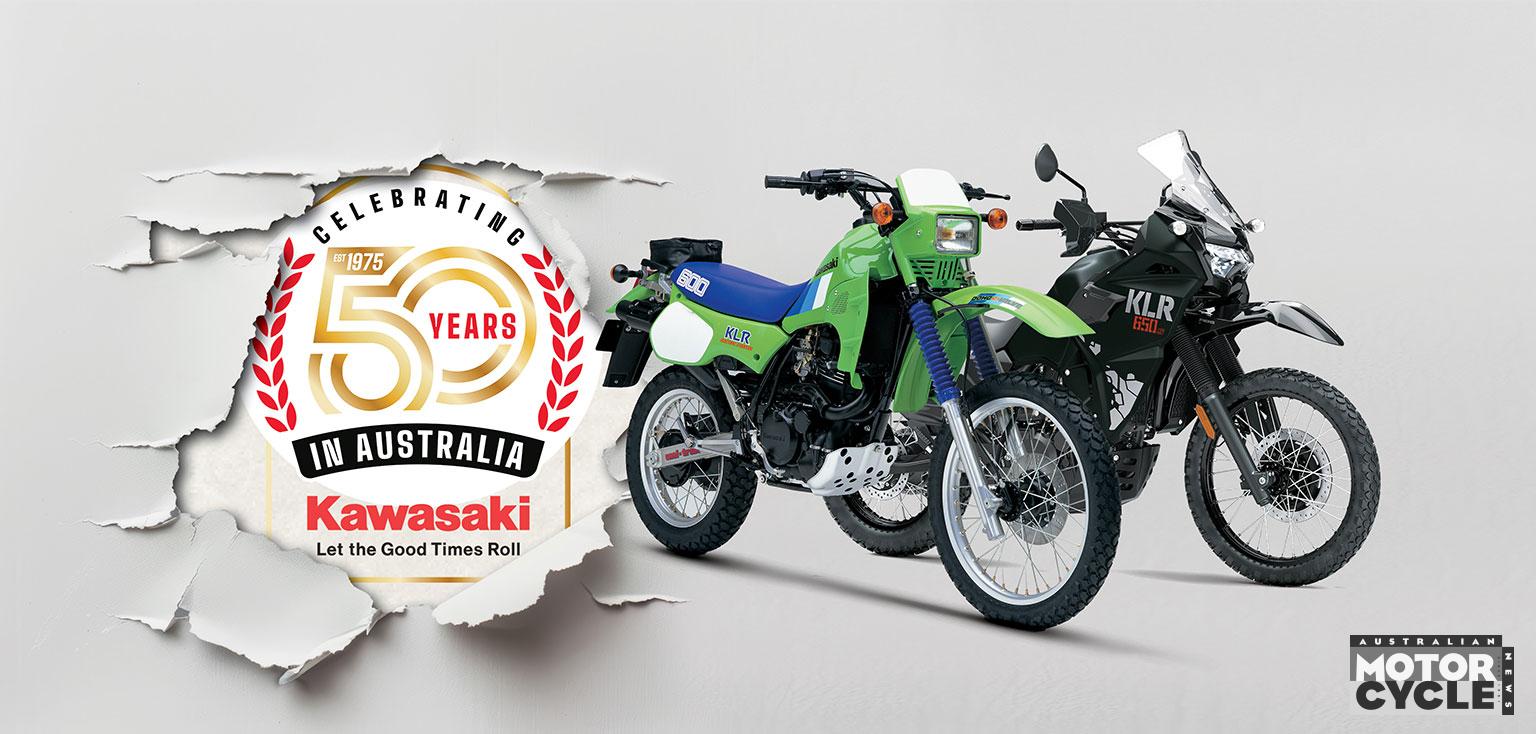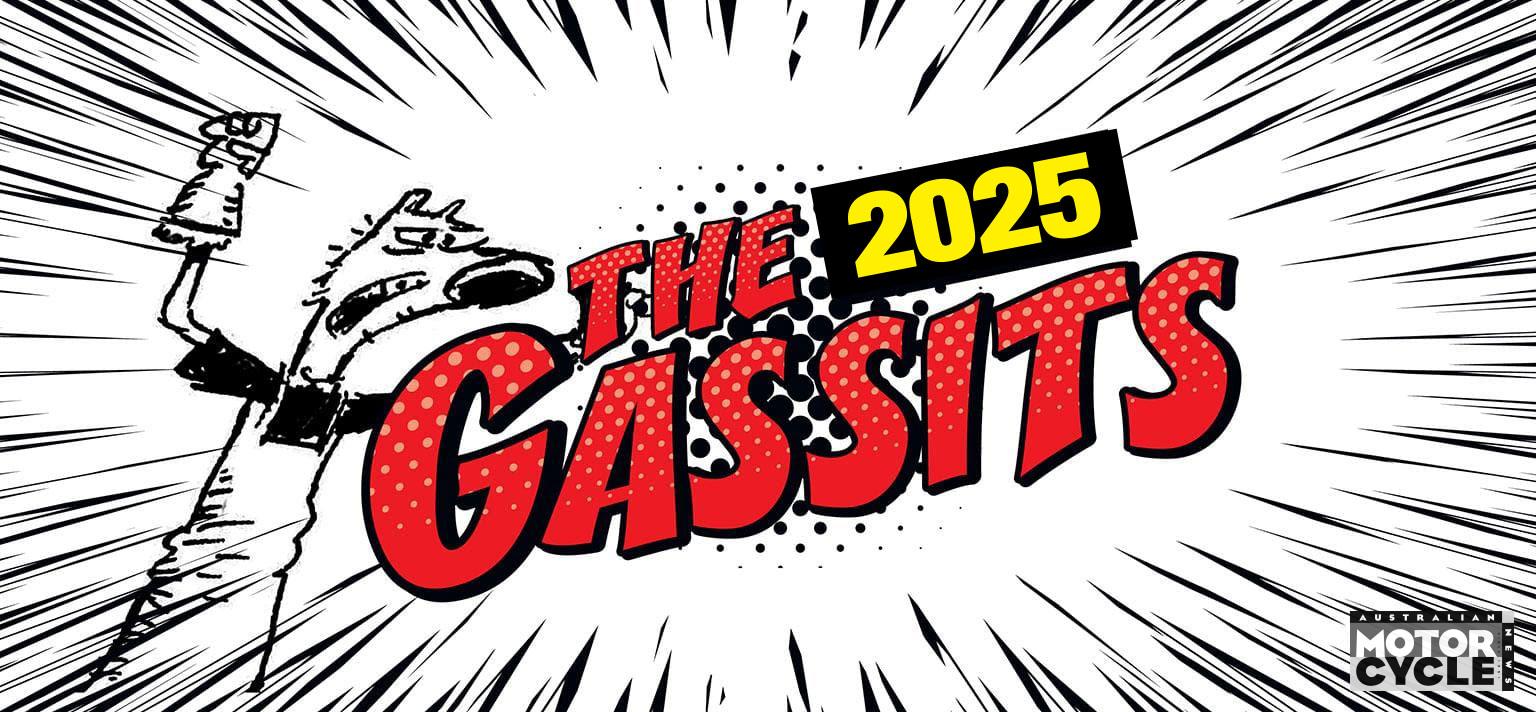Two Aussies set a world long-distance non-stop motorcycle record with the aid of three magic sticks.
It was a scene reminiscent of the intercity speed records that took place every other month during the 1920s and early 1930s. A sizeable crowd had gathered outside the Melbourne showrooms of Rhodes Motors, where a new 1937 Triumph 6S Deluxe – a 600cc single cylinder side valve – was surrounded by a group of VIPs.
As the busy photographer flashed away, representatives of the Olympic Tyre Company and the Vacuum Oil Company tested the comfort of the sidecar while mechanic George Spivoy gave the outfit a last once over. Finally, under the supervision of Auto Cycle Union (ACU) president Frederick Lewis Yott, Mr Strauss, the chairman of Rhodes Motors, sealed the engine and logged the odometer reading.

Since the authorities had refused to acknowledge intercity speed records, long-distance reliability tests had become the principal means of brand promotion. In this instance, motorcycle racer Sid Goodsell, accompanied by ACU official Art Millard, was intent on keeping the new Triumph’s engine running non-stop while they put 10,000 miles on the odometer.
Heading north from Melbourne on Wednesday 21 April 1937, Sid and Art reached the Hazell & Moore premises in Sydney’s Haymarket at dawn the following morning, only to find their relief crew was still in bed. This necessitated a loop out to Bondi Beach to keep the engine cool. Later, while Sid and Art were catching some shut-eye, Jimmy Pringle and a substitute ACU official took the Triumph on a loop through Bathurst and Wollongong.
Returning to Melbourne, Sid and Art were proud to report the Triumph had easily conquered the infamous Razorback, just south of Sydney, in top gear. They complained about the bitterly cold weather although this no doubt kept the engine at an ideal operating temperature.
In Melbourne the southern relief team of Ralph Aldridge and Col Sampson kept the engine running with a ride to Albury and back while Sid and Art recuperated.

Thus the pattern was set: keep a steady 35mph (56km/h), short shift and take care of the tyres. Sydney-Bathurst-Sydney-Melbourne-Warrnambool-Melbourne-Sydney, just keep the Triumph ticking over. Replenish the oil by guesswork and keep a couple of cooling fans pointed at the engine while making necessary adjustments.
Possibly to break the monotony midway through the campaign, Adelaide was chosen as an alternative turnaround point. However strong headwinds and rough tracks across the Coorong proved a real test. In Adelaide, the police pulled over the outfit for lack of a running light on the sidecar; fortunately without forcing the rider to shut the engine down. It was also reported that the relief South Australian ACU official weighed 115kg which, together with 20 litres of petrol and eight litres of oil, must have made for a tight fit in the sidecar.
So it was back to the old routine, although while in Adelaide the team edged past the old record of 5841 miles (9400km) that had been set in 1934. It was on the third, and what was to be the final Sydney to Melbourne leg, that the primary chain snapped just after Sid and Art had motored through Goulburn. With the engine still running, they decided to repair the chain and attempt a refit.
Moving the gearbox as far forward as the adjustment would allow, then placing the chain on the clutch sprocket, they managed to thread the worn chain onto the engine sprocket with the aid of three small sticks. It’s telling that, when they arrived in Melbourne, they made no attempt to replicate this operation. Despite having a brand-new chain, they were apprehensive about the success of repeating such a delicate procedure.
One thousand miles later they had no option when the worn chain snapped again. This time the refit was made considerably more difficult because the new chain had very little flexibility. Yet, engine still running, they completed the task. Soon after the odometer ticked past 8000 miles (12,874km).

To generate publicity, Triumph hoped to achieve the 10,000 mile objective just before welcoming Sid and Art at the Rhodes Motors’ Elizabeth St showroom. Hence the final legs of the campaign were centred in Melbourne. This ploy failed when, mid-morning on 4 May, 1937, after a series of misfires the Triumph stopped completely; Sid and Art were stranded just north of Wangaratta, 152 miles (250km) from Melbourne.
The engine, which had run continuously for 312 hours, powering the Triumph outfit to a new world long-distance record of 9261 miles (14,904km), was dead. The spark-plug electrode had burnt out – leaving a gap of almost 5mm that no magneto could bridge. Celebrations were delayed until the odometer reading was verified, a new plug was fitted, and the bike ridden back to Melbourne.
Most importantly, the new record was ratified by the all-important authorities in the mother country.
However a controversy arose over the claim that the primary engine chain could be replaced while the engine was running. Consequently, for the benefit of the motoring press and the ACU, Sid Goodsell proposed a practical demonstration at Hazell & Moore on Friday 28 May, 1937. That, apparently, settled the matter.
